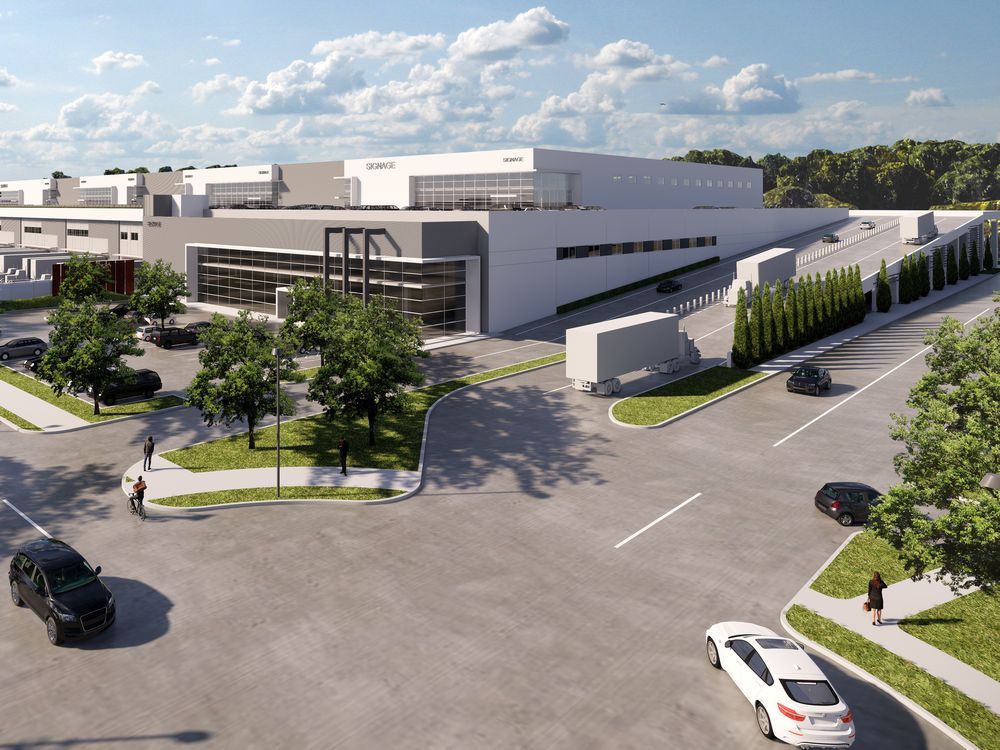Lower Mainland industrial property assessments continue upward trajectory as residential assessments decline

Credit to Author: Derrick Penner| Date: Sat, 04 Jan 2020 01:42:38 +0000
Lower Mainland industrial real estate remained in short supply during 2019, so 2020 property assessments in the class continued to soar in many locations while residential assessments declined.
Pitt Meadows saw its 2020 industrial assessments rise 24 per cent, while residential assessments shrank 4.1 per cent, according to the B.C. Assessment Authority. In Maple Ridge, industrial assessments were up 23.5 per cent in contrast with residential assessments that were down 5.5 per cent.
That is to be expected when those municipalities still have industrial properties available in an ever-dwindling inventory, said commercial realtor Chris MacCauley.
“Land values alone, in 2019, I would estimate increased 30 to 40 per cent,” said MacCauley, senior vice-president at the real estate firm CBRE, which he expects will generate more appeals.
“Any time somebody sees, whether it’s residential or whatnot, double-digit increases, they’re going to want some explanations for it,” MacCauley said, and “rightfully so.”
Municipalities adjust tax rates for each property class based on the average change in assessments, so if an owner’s assessment increases beyond the average increase, they potentially face higher taxes.
MacCauley said big assessment changes are often driven by just a handful of sales, which can come as a shock to industrial business owners who have been in one place for a long time and aren’t in the development business.
“All of a sudden you’re hit with a 20, 25 per cent tax increase, that’s impactful to your operations,” MacCauley said.
Besides Maple Ridge and Pitt Meadows, Abbotsford saw a spike in industrial assessments, which increased 19 per cent at the same time residential assessments there decreased 3.5 per cent. Delta saw an 18 per cent increase in industrial assessments while those in the residential class decreased 7.7 per cent.
“With industrial and commercial land values it’s really a supply-and-demand thing,” said Tina Ireland, an assessor with the B.C. Assessment Authority. “There is only so much supply of industrial land and continues to be fairly strong demand, and this is reflected through into our assessments.”
Ireland said any time there are significant assessment increases in particular property classes there tends to be a higher number of assessment appeals.
Property owners have until Jan. 31 to dispute an appeal, but Ireland said B.C. Assessment tries to talk to property owners before assessments are sent out.
“We encourage property owners to call us and bring any information they can in (for consideration),” Ireland said. “And ultimately, they have the option to appeal every year.”
Rising assessments and their potential impact on property taxes add stress to an already stressed industrial real estate market, MacCauley said.
Rising demand for warehouse space and distribution centres has squeezed the Lower Mainland’s industrial vacancy rate to a record low of 1.2 per cent, MacCauley said, although developers also completed construction on five million square feet of industrial buildings in 2019.
“It’s not financially viable for a lot of tenants who used to go out to the (Fraser Valley) to some of those markets to seek lease rate relief,” MacCauley said. “I would think that after the ramp up we’ve seen in 2019, it is going to be more of a muted 2020.”